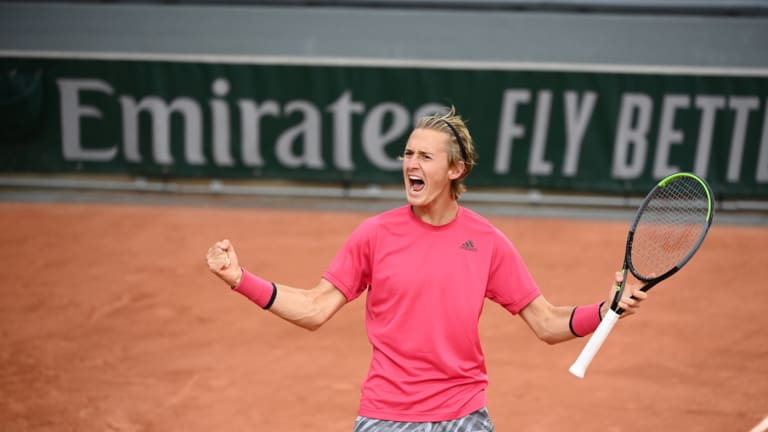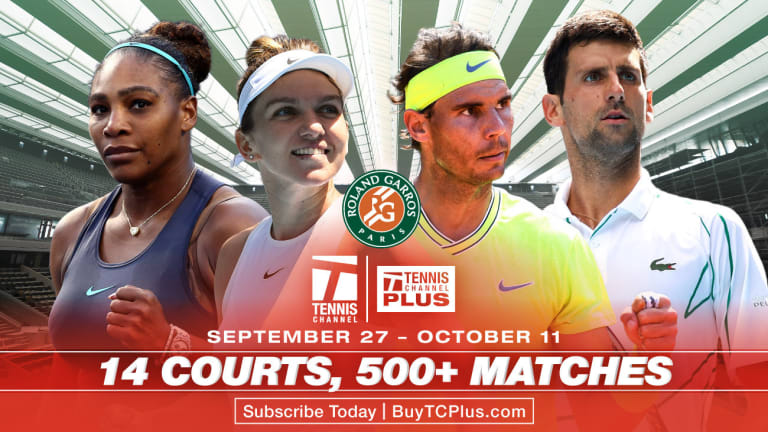Roland Garros
The Dream Continues: Korda makes history by moving into Paris' last 16
By Oct 02, 2020Roland Garros
French Open organizers introduce draw to access ticket sales
By Jan 07, 2025Roland Garros
Coaches Corner: Juan Carlos Ferrero proves essential to Carlos Alcaraz's Roland Garros success
By Jun 14, 2024Roland Garros
What’s next for Novak and Nadal? Four ATP storylines after the Paris fortnight
By Jun 10, 2024Roland Garros
Naomi’s resurgence, Iga on grass: Four WTA storylines after the Paris fortnight
By Jun 10, 2024Roland Garros
Carlos Alcaraz becomes the clay-court champion that he—and we—always knew was possible
By Jun 09, 2024Roland Garros
Coco Gauff wins first Grand Slam doubles title with Katerina Siniakova in dream team debut
By Jun 09, 2024Roland Garros
Coco Gauff is a Grand Slam champion in singles and doubles, exceeding her own expectations
By Jun 09, 2024Roland Garros
From Rafa to Iga: as one owner of Roland Garros departs, a new one has moved in
By Jun 08, 2024Roland Garros
Roland Garros men's final preview: Carlos Alcaraz vs. Alexander Zverev
By Jun 08, 2024Roland Garros
The Dream Continues: Korda makes history by moving into Paris' last 16
The 20-year-old is the youngest American man since 19-year-old Michael Chang in 1991 to reach the second week at Roland Garros.
Published Oct 02, 2020
Advertising

The Dream Continues: Korda makes history by moving into Paris' last 16
© Clement Mahoudeau / FFT
Advertising

The Dream Continues: Korda makes history by moving into Paris' last 16